As we cross the threshold from this year to the next, many of us have aspirations to fulfill in the new year. Now that we’re opening the first page of a brand-new calendar, what are you going to do differently? Maybe you’ll exercise more, be more frugal, or pick up a creative hobby. Whatever you do, prioritizing pest-fee habits in your household is a great addition to your New Year’s plans. Griffin Pest Solutions is ready to treat pest infestations of any variety for homes and businesses across Michigan’s Lower Peninsula, but we’d rather you never get an infestation to begin with. And you can help make that happen with these three simple, pest-deterring resolutions!
Resolution One: Declutter Your Home!
Spring cleaning shouldn’t only be relegated to when the world outside is in bloom. You should be clearing clutter from around your home on a regular basis for many reasons. It’ll keep important things from being lost and improve the aesthetics of your home. More than that, avoiding a mess in your household will remove dark and secluded places where roaches and mice can nest and hide. So, this new year, take the time to clean from the core of your home to less-frequented areas like your pantry, closets, basement and other storage spaces. That way you’ll enjoy all the benefits of a neat and orderly home, while also knowing that pests have fewer places to hide.
Resolution Two: Clean Your Kitchen!
When pests make their way into the home, it’s because they’re looking for food, shelter and warmth. By clearing clutter you’re removing potential shelter, and by keeping your kitchen clean you’re limiting the percentage of available food supply. This can involve many things, like keeping your pantry goods in sealed containers and taking out the kitchen trash regularly throughout the week. Don’t let dirty dishes pile in the sink, and every time you cook you should make sure to clean crumbs and spills as soon as they happen. With all of that in mind, your kitchen will look better, run smoother, and be free of pests.
Resolution Three: Store Your Firewood Right!
We’re in the cold season in the Lower Peninsula, and many homeowners are getting through the weather huddled by the fire. But where are you keeping your firewood? Many pests, from spiders and ants to overwintering wasps, hide in logs. You bring the wood in, and without realizing it you invite the bugs in too. So what can you do? We suggest storing your firewood on an elevated surface at least twenty feet away from your home. Only take what you plan on burning at a time, and always inspect the wood before you bring it into the home. That’s the best way to make sure you don’t invite any unwelcome guests to warm up by the fire.
Griffin Pest Solutions for Pest Control in Michigan
Sometimes you can do everything right and still get pests. When that happens, you need a qualified team ready to help – that’s where Griffin Pest Solutions comes in. We have over ninety years of experience in pest control for homes and businesses. Our team is innovative, reliable, and ready to meet you and your property in whatever you might need. The New Year is a chance to do things better, but that doesn’t mean you have to do it on your own. If you need pest control, you can get the best in town with Griffin Pest Solutions. Contact us today to get started!


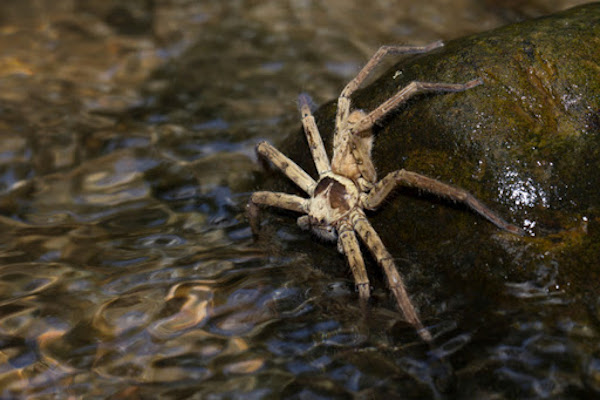
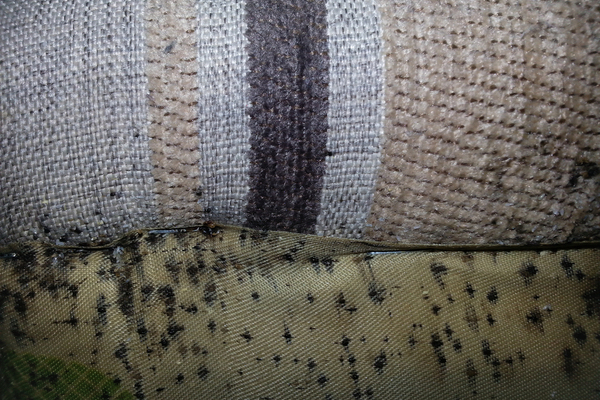
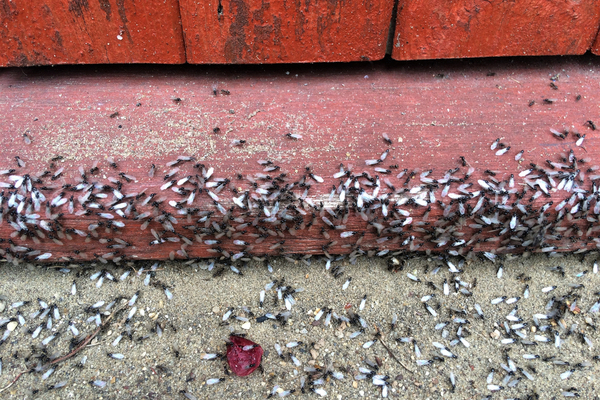
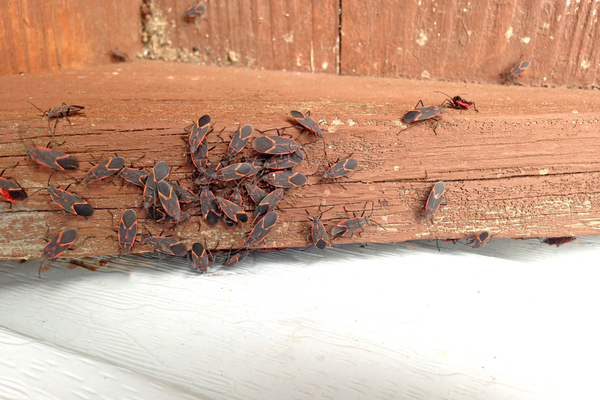
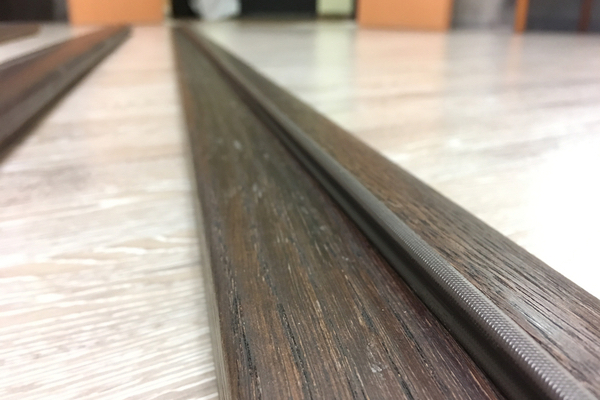
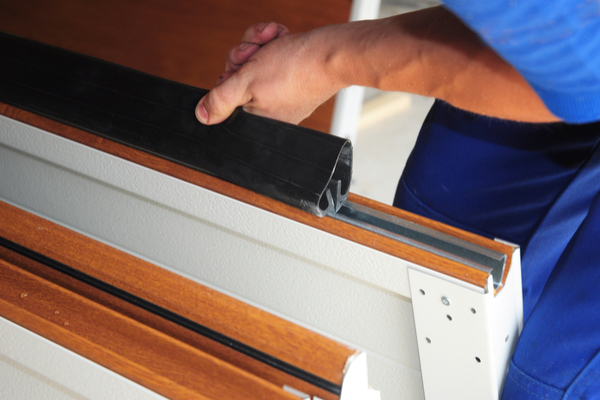


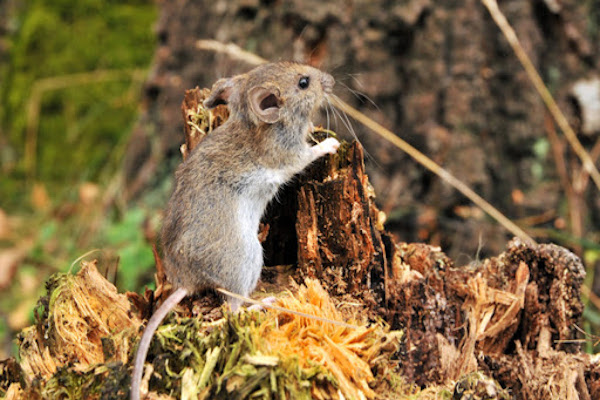
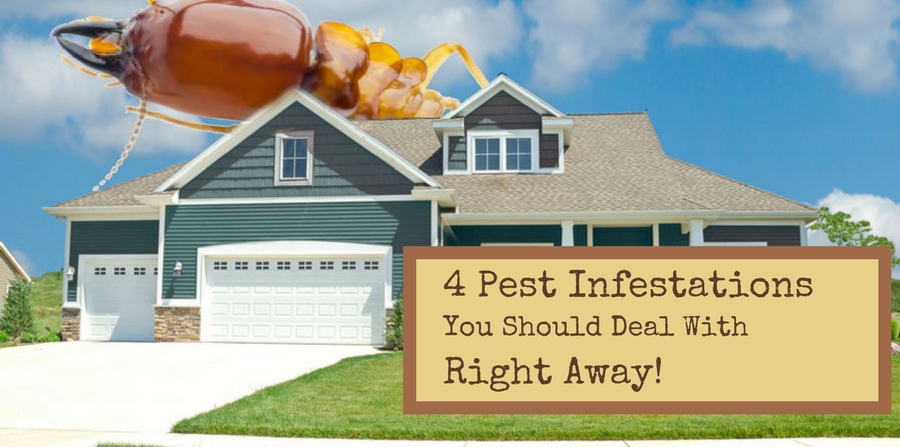
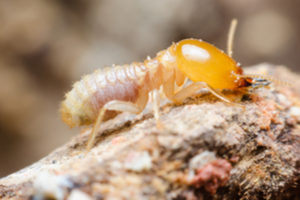 Did you know that termites never sleep? In fact,
Did you know that termites never sleep? In fact, 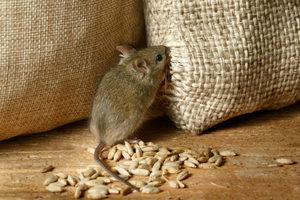 Nobody wants
Nobody wants 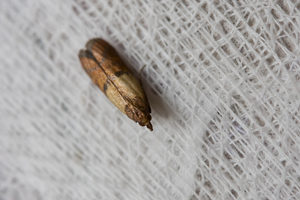 There are two main “categories” of pest moth:
There are two main “categories” of pest moth: 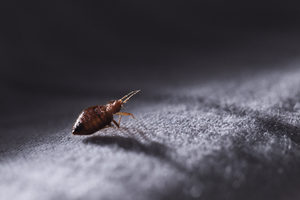 This one seems particularly obvious.
This one seems particularly obvious. 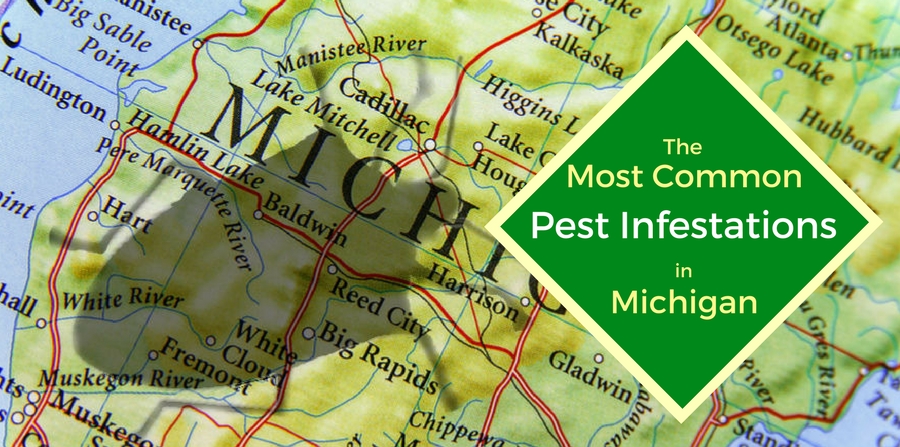
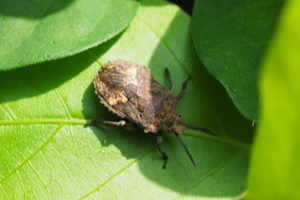 The brown marmorated stink bug is
The brown marmorated stink bug is 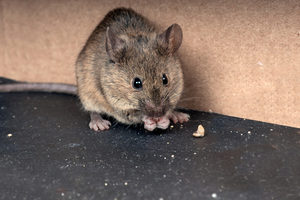 Admittedly, mice and rats aren’t just the among the most common of pests in Michigan. Anywhere people live, chances are mice and rats are scampering around trying to live alongside them. They’ve been at it long enough, in fact, that rodents have evolved into the ultimate human-home infiltrators. Mice and rats use their sense of smell and
Admittedly, mice and rats aren’t just the among the most common of pests in Michigan. Anywhere people live, chances are mice and rats are scampering around trying to live alongside them. They’ve been at it long enough, in fact, that rodents have evolved into the ultimate human-home infiltrators. Mice and rats use their sense of smell and 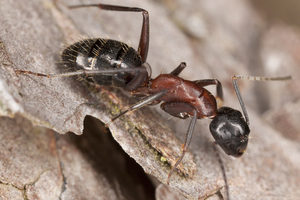 Despite being equally prevalent,
Despite being equally prevalent, 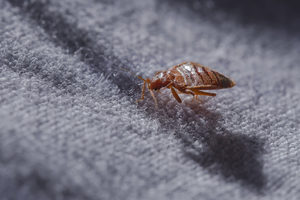 As we’ve explained before, everyone’s least-favorite bedfellows have had
As we’ve explained before, everyone’s least-favorite bedfellows have had